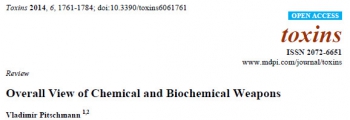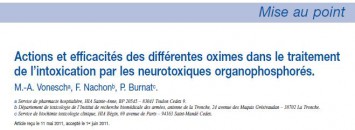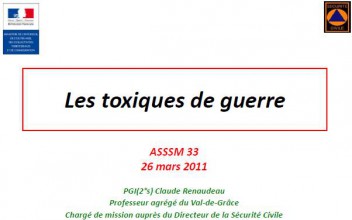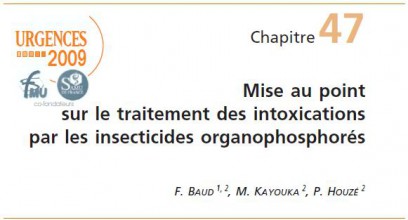Ces fiches sont destinées aux professionnels de santé habilités à appliquer les instructions du plan BIOTOX.
- Introduction aux fiches biotox de prise en charge thérapeutique (24/10/2008)
- Fiche récapitulative (24/10/2008)
- Conduite à tenir en situation d'urgence avant identification de l'agent pathogène responsable (24/10/2008)
- Vademecum thérapeutique (24/10/2008)
- Indications et alternatives thérapeutiques aux fluoroquinolones (24/10/2008)
- Fiche 2 - Charbon (24/10/2008)
- Fiche 3 - Peste (24/10/2008)
- Fiche 4 -Tularémie (23/10/2008)
- Fiche 5 - Brucellose (24/10/2008)
- Fiche 6 - Agents des fièvres hémorragiques virales (24/10/2008)
- Fiche 7 - Variole (24/10/2008)
- Fiche 8 - Toxine botulique (24/10/2008)
- Fiche 9 - Fièvre Q (24/10/2008)
- Fiche 10 - Morve et mélioïdose (24/10/2008)
- Fiche 11 - Autres infections bactériennes (24/10/2008)
- Fiche 12 - Autres agents biologiques, pour lesquels aucun traitements spécifique ou prophylactique ne peut être recommandés (24/10/2008)




